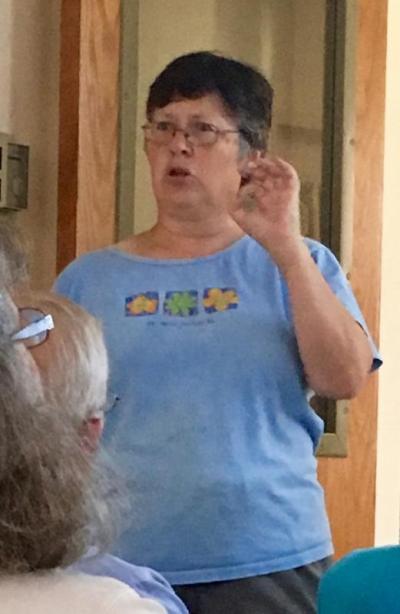Gardener gives tips on saving seeds
Oct 6, 2017
With fall underway, gardeners may already be thinking about what they want to plant next spring. Master Gardener Gretel Anspach from the Massachusetts Master Gardener Association came to the Elizabeth Taber Library to speak about saving seeds from crops for the next planting season. For her best tips, see below.
- Only ripe seeds will germinate. Many crops, such as green pepper, are not picked ripe, but the fruit must be allowed to ripen fully in order to get viable seeds. When in doubt, wait until the fruit starts to get soft.
- There are two types plants: open-pollinated plants which Anspach likened to “purebred” dogs, and hybrid plants, which she compared to mixed breed dogs. Before you start saving seeds, think about which you’re trying to accomplish.
- Modern plants are closer to 100 percent germination, but there is a lot less genetic diversity overall compared to 100 years ago.
- Some common crops, such as cabbages, carrots and onions, are biennials. This means they take two years to complete a life cycle. Many can’t survive the winter in New England and need to be dug up in the fall and replanted in the spring.
- Crops that make dry seed heads or pods, such as beans, beets, corn, lettuce and peas, should be left alone until the seeds are dry on the plant. Then, collect the dried seeds.
- To collect seeds from fleshy fruit such as melons, squash and tomatoes, leave the fruit on the plant until it’s almost mushy. Then, collect the fruit and cut them in half length-wise and scoop out the seeds. Wash them and let them dry before storing them.
- Fully dry seeds should break, not bend.
- Moisture, light and heat are the enemies of long-term storage of seeds.
- Make sure to label your seed packets with the type of plant and the year the seeds were harvested.













